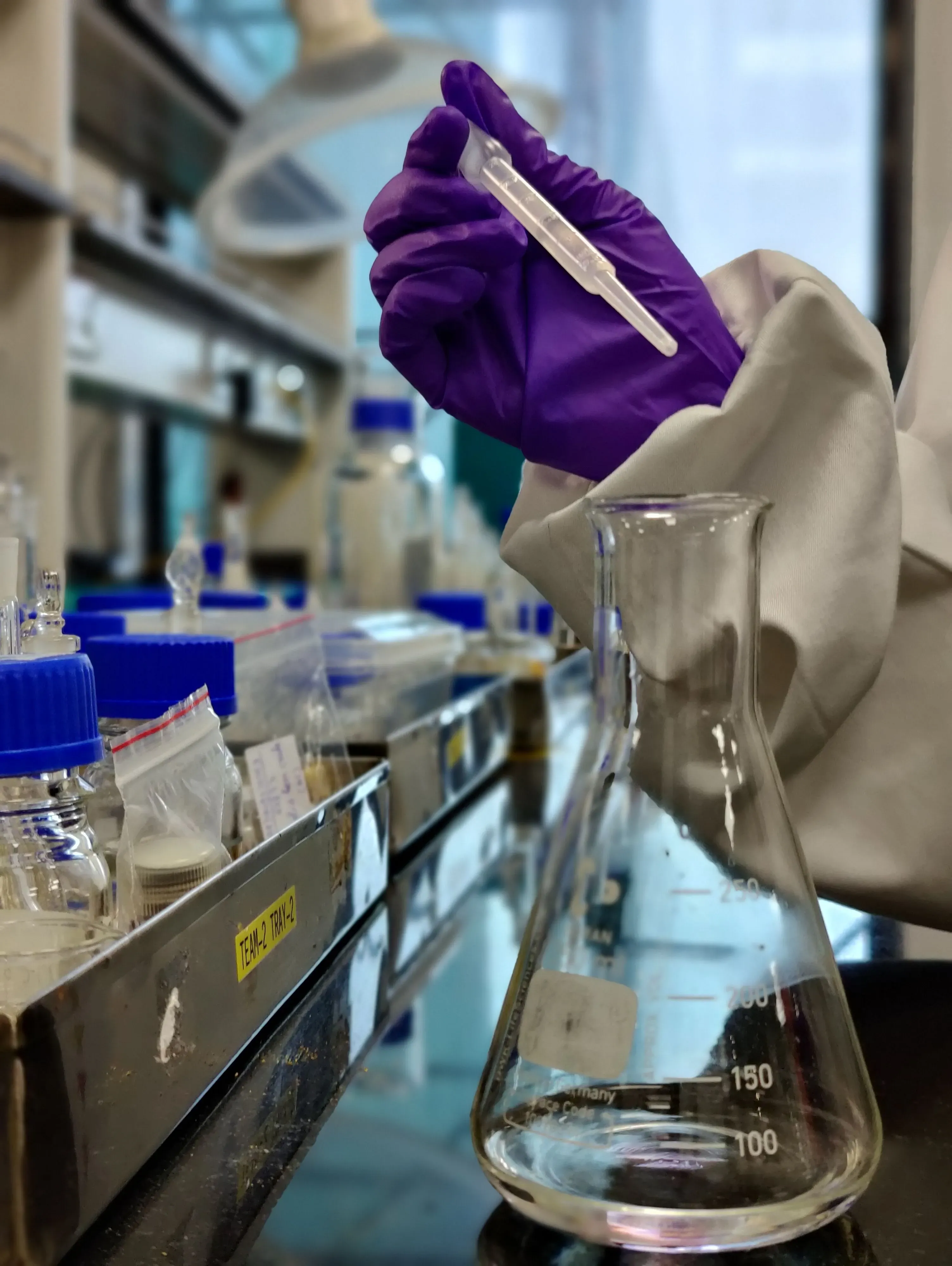R&D
Pioneering Speciality Chemistry - From Lab Discovery to Plant Ready Solutions
ELN-enabled labs, process intensification, and transforming complex chemistries to market-ready products.



Aarti Industries' innovative ecosystem is driven by two advanced research centres in Navi Mumbai and Vapi, where scientists work at the intersection of innovation, scale, and sustainability.
2
advanced R&D centres
250+
scientists
17
patents filed
60+
products in development
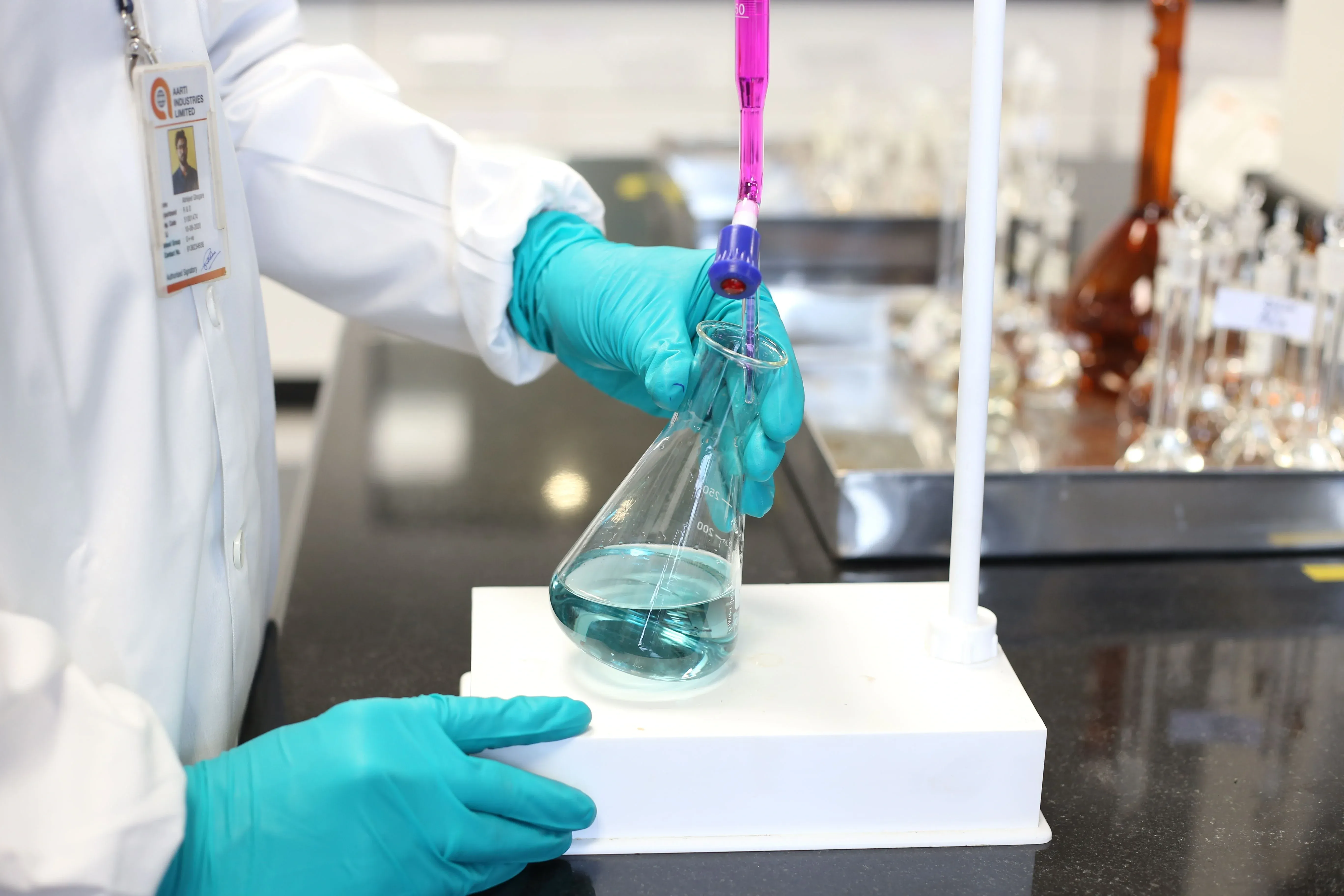
12,000
sq. ft. analytical lab
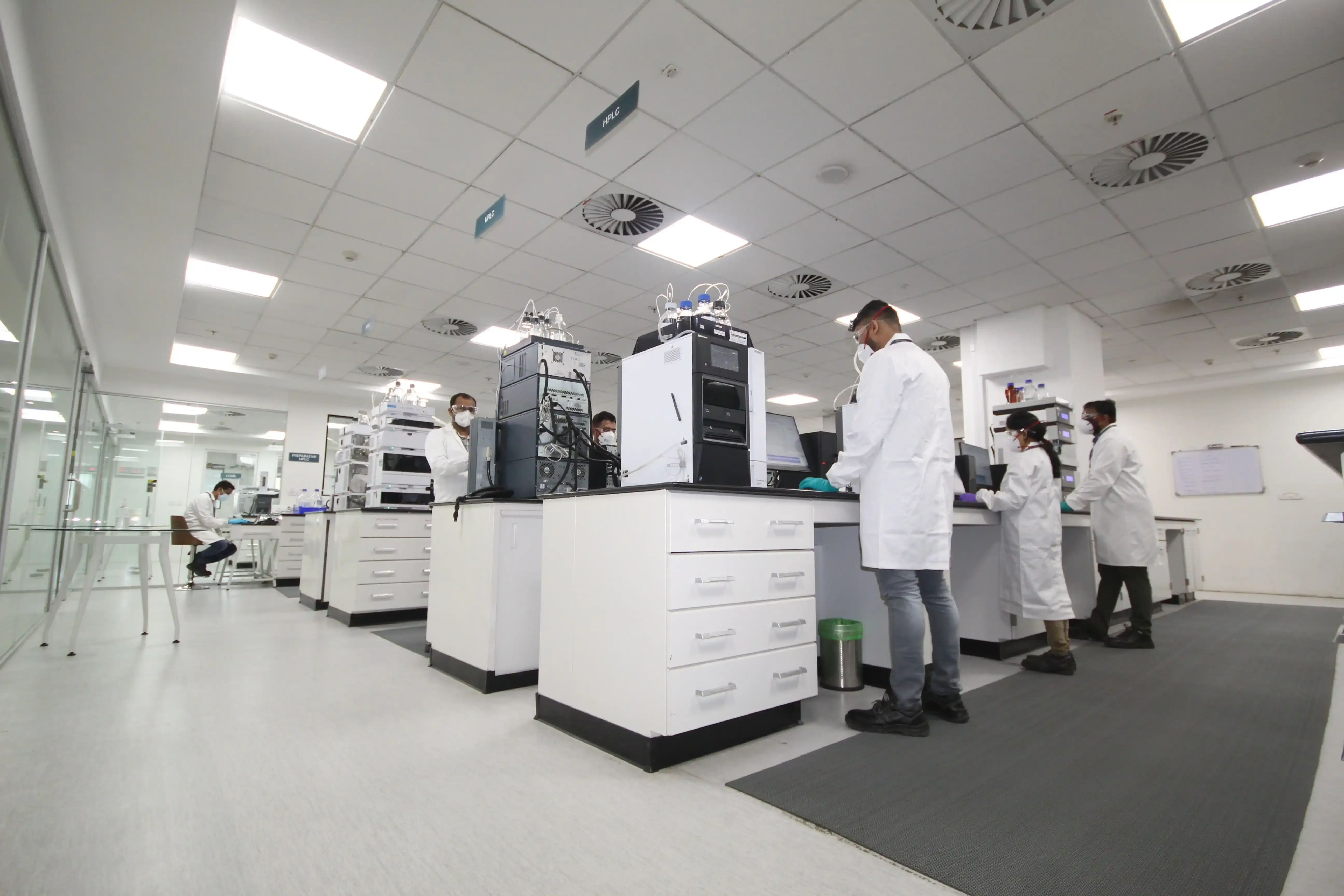
Innovating Chemistry, Empowering Tomorrow
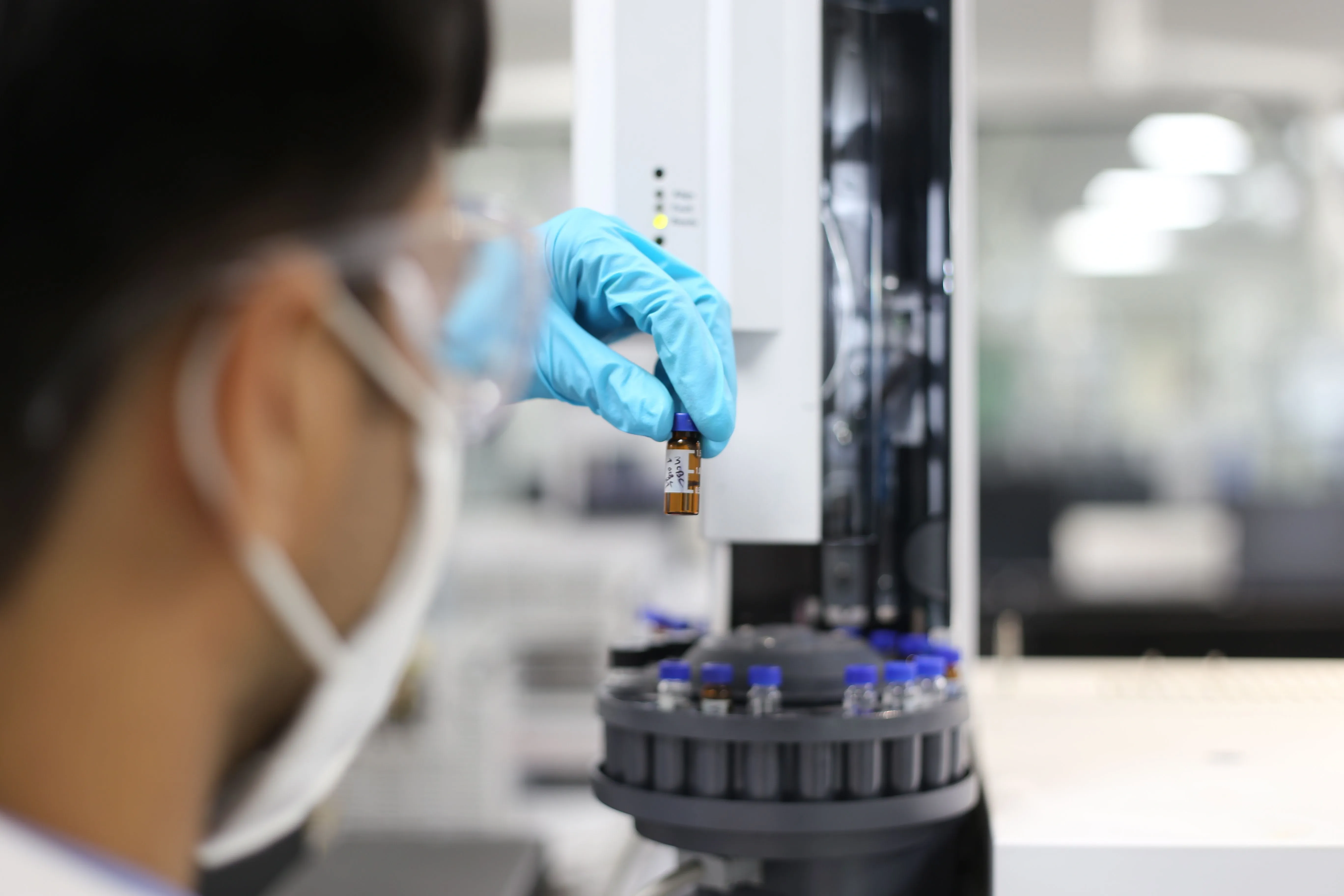
01
Labs That Drive Seamless Scale-up
With Paperless ELN-enabled labs, parallel reactors (DoE), and lab-to-pilot focused systems, we accelerate innovation and reduce errors. Our advanced tools- including React-IR, FBRM, calorimetry and continuous flow systems ensure first-time-right outcomes and seamless transfer from bench to plant.
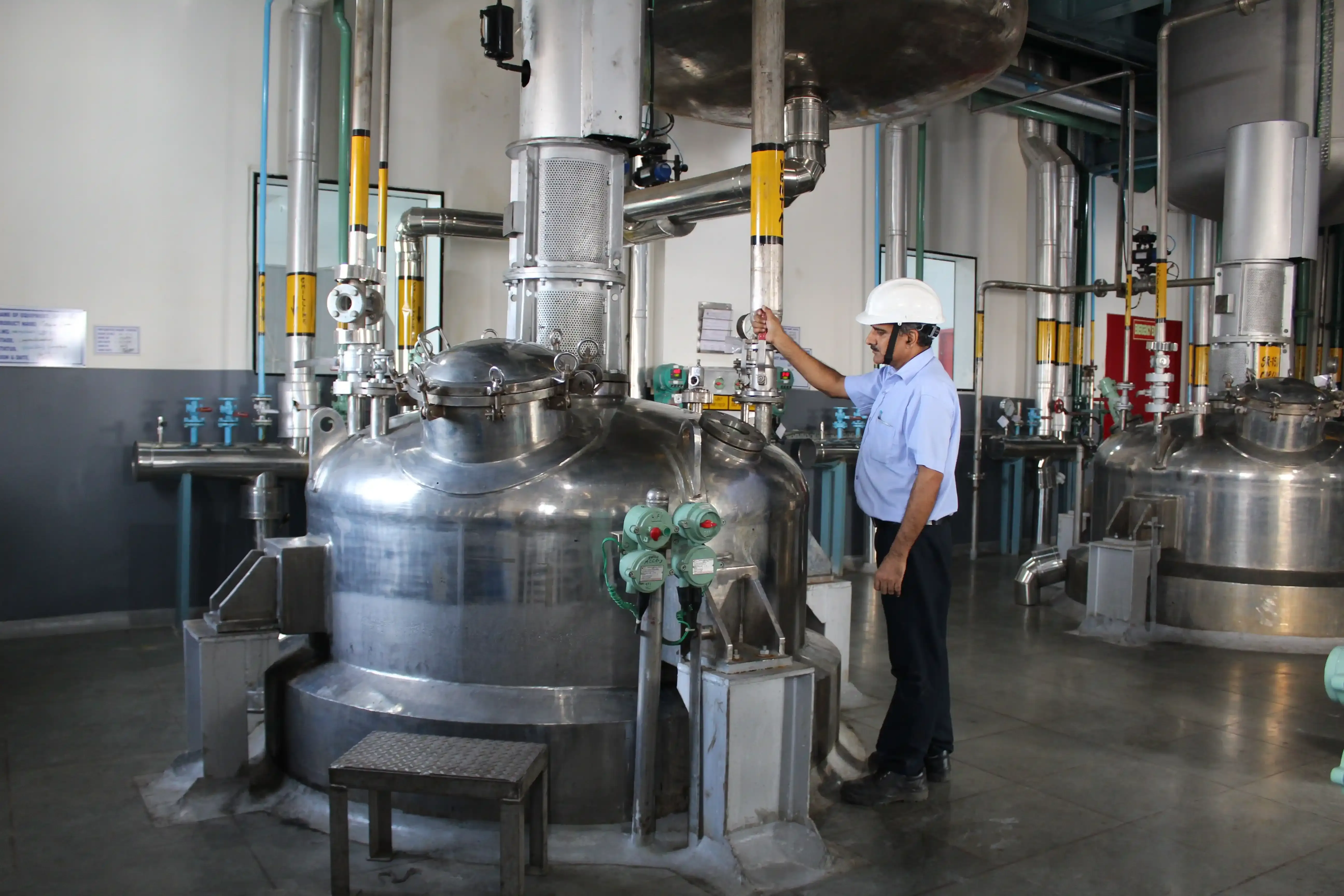
02
Engineering Efficiency Across the Value Chain
Our infrastructure is built on process intensification, scale-up engineering, and green chemistry principles. This ensures cost-efficient solutions that transition seamlessly from bench to plant, delivering faster, sustainable impact across global value chains.
Analytical and Process
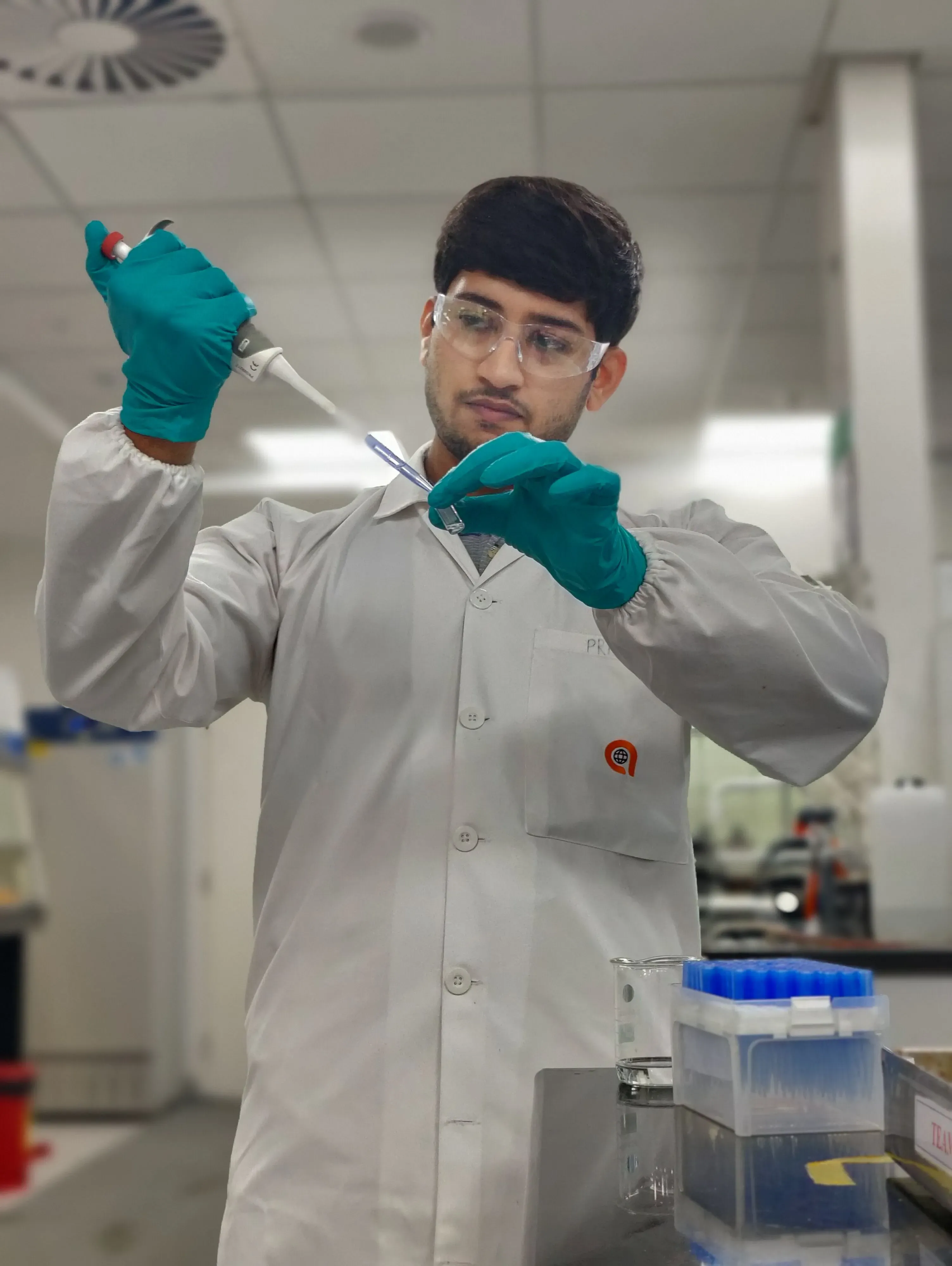
Safety Excellence


01-02
Diverse Chemistries, Distinctive Solutions
Our expertise spans diverse chemistries from existing core chemistries processes to new emerging chemistries like vapour phase, photochemistry, and fluorination. With a focus on process intensification and scale-up engineering, we deliver customised, market-ready solutions with speed, precision, and sustainability.
New Chemistries
Pilot Scale Chemistries

Grignard

Nitrilation

Condensation

Photo Chlorination

Hydrolysis

Sandmeyer

Balz-Schiemann
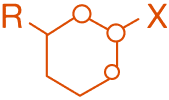
Isomerization

AHF
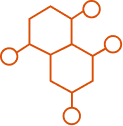
Polymerization
Lab Scale Chemistries

Benzidline Rearrangement

Denitromethoxylation

Etherification

Deamination

Flow Chemistry
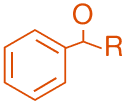
Acylation

Vapoor-phase Nitration

Hofmann Rearrangement

Carboxylation
Grignard
Nitrilation
Condensation
Photo Chlorination
View 15 more
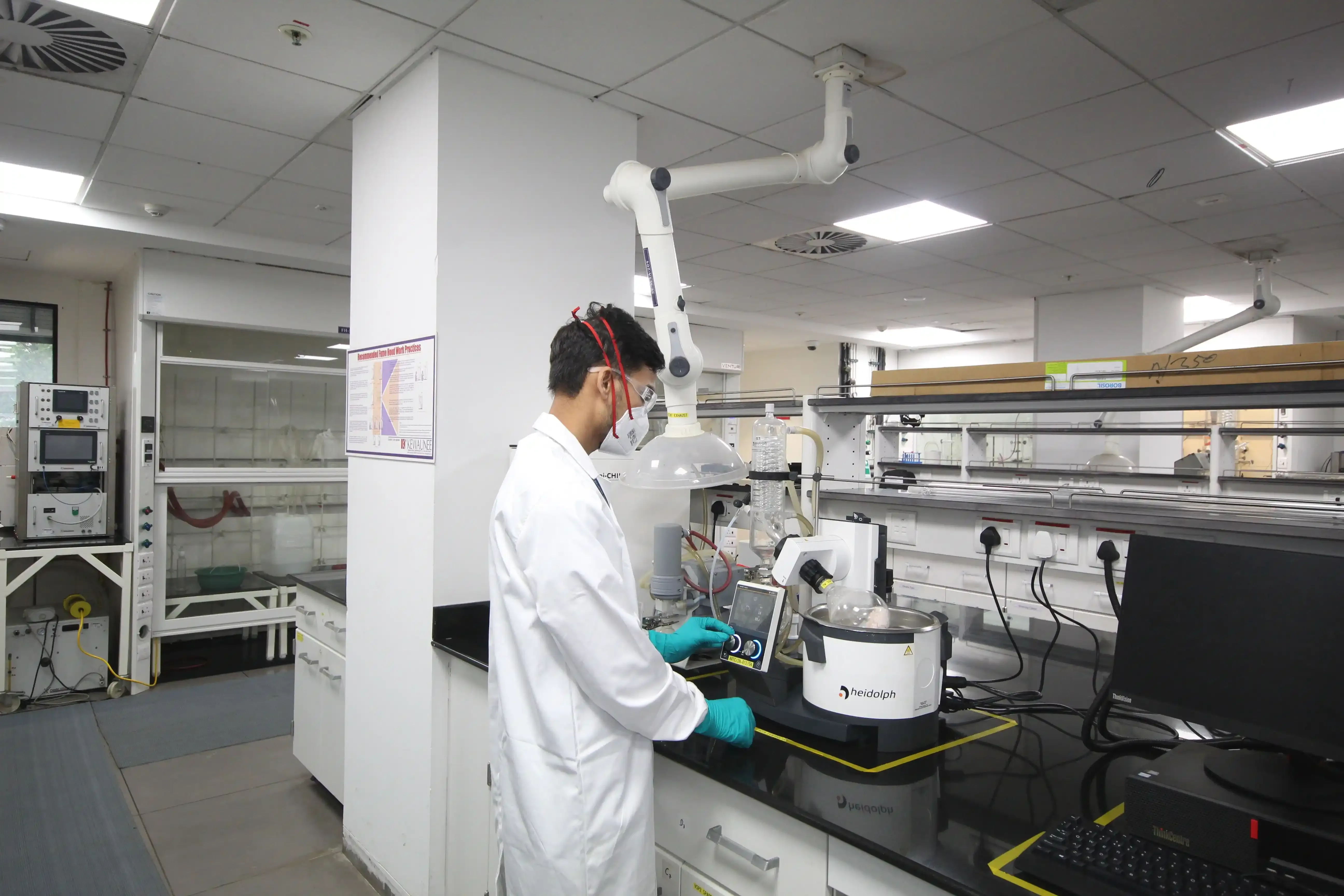
Research with Responsibility
Safety is embedded in every stage of our innovation lifecycle. Guided by our BESAFE+ framework and supported by in-house process safety analysis. We utilise APSRA (Aarti Process Safety Risk Assessment) to conduct risk assessments at each stage of the product life cycle. Through process intensification, flow reactor commissioning, and advanced engineering tools, we enhance safety, productivity, and reliability across our R&D ecosystem. Regular audits, GPC reviews, and LFI sessions reinforce our zero-compromise safety culture.
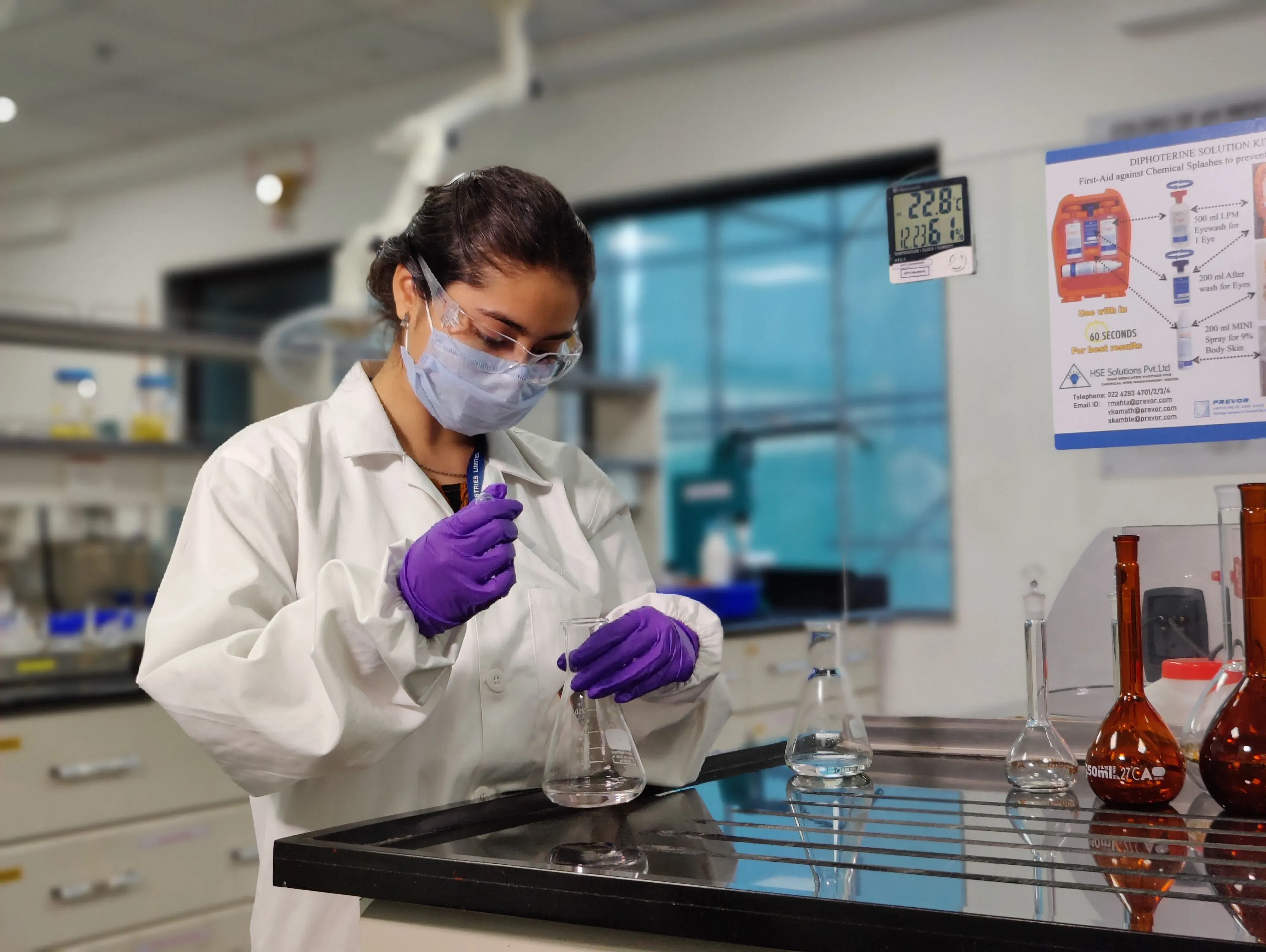
Sustainability-Driven R&D Infrastructure
At Aarti Industries, sustainability is at the heart of innovation. A significant portion of our R&D investments is dedicated to sustainability-focused innovation, driving the development of:
Green chemistry solutions that minimise hazardous chemicals
Circular manufacturing systems that promote resource efficiency
Renewable energy integration to lower environmental impact
Globally Certified

ISO 9001-2015
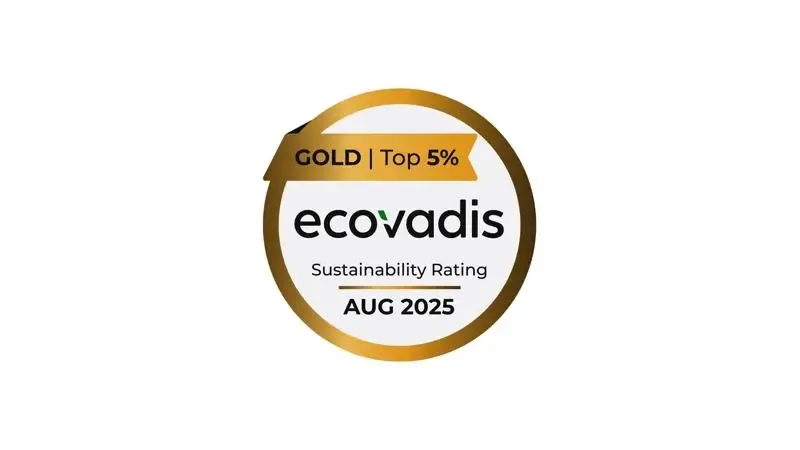
Ecovadis Gold Rating
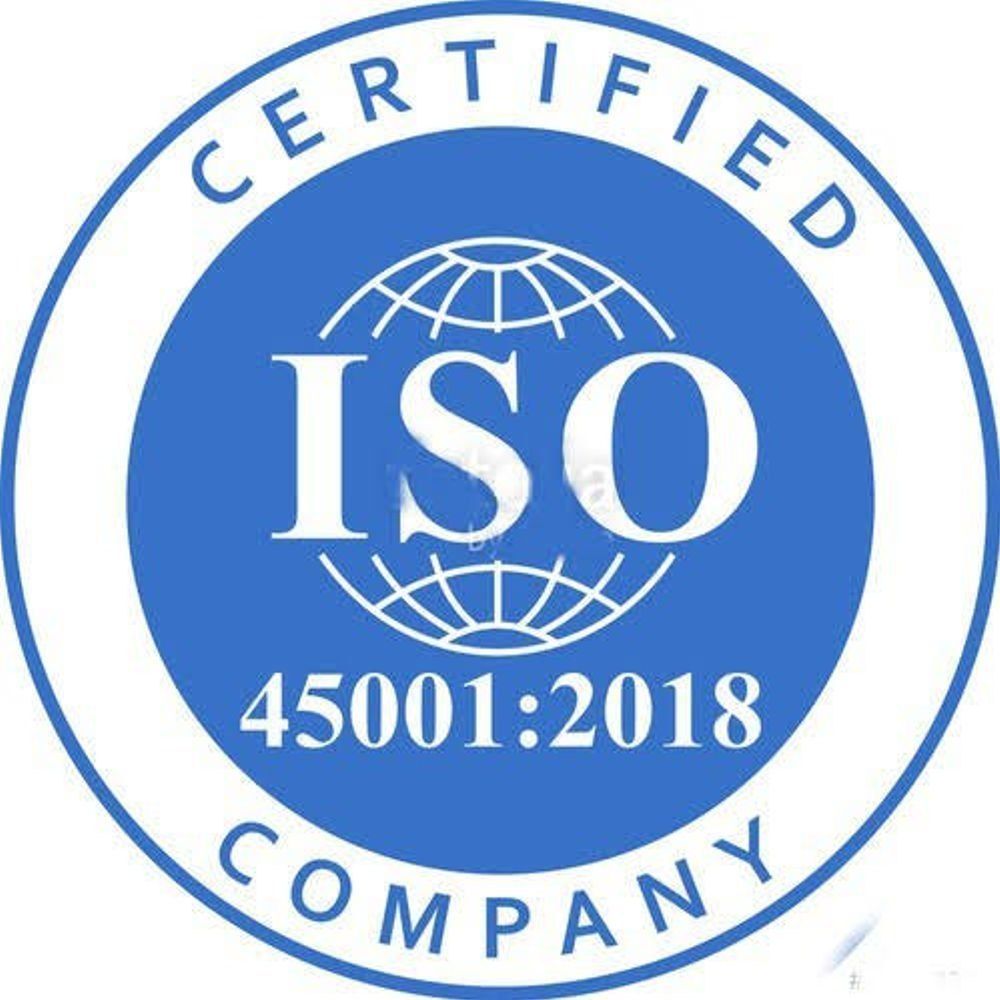
ISO 45001-2018

ISO 27001 - 2022

ISO 50001 - 2018

ISO 14001 - 2015
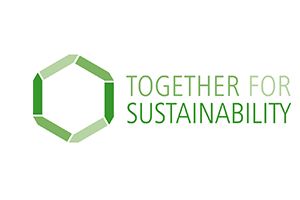
Together For Sustainability
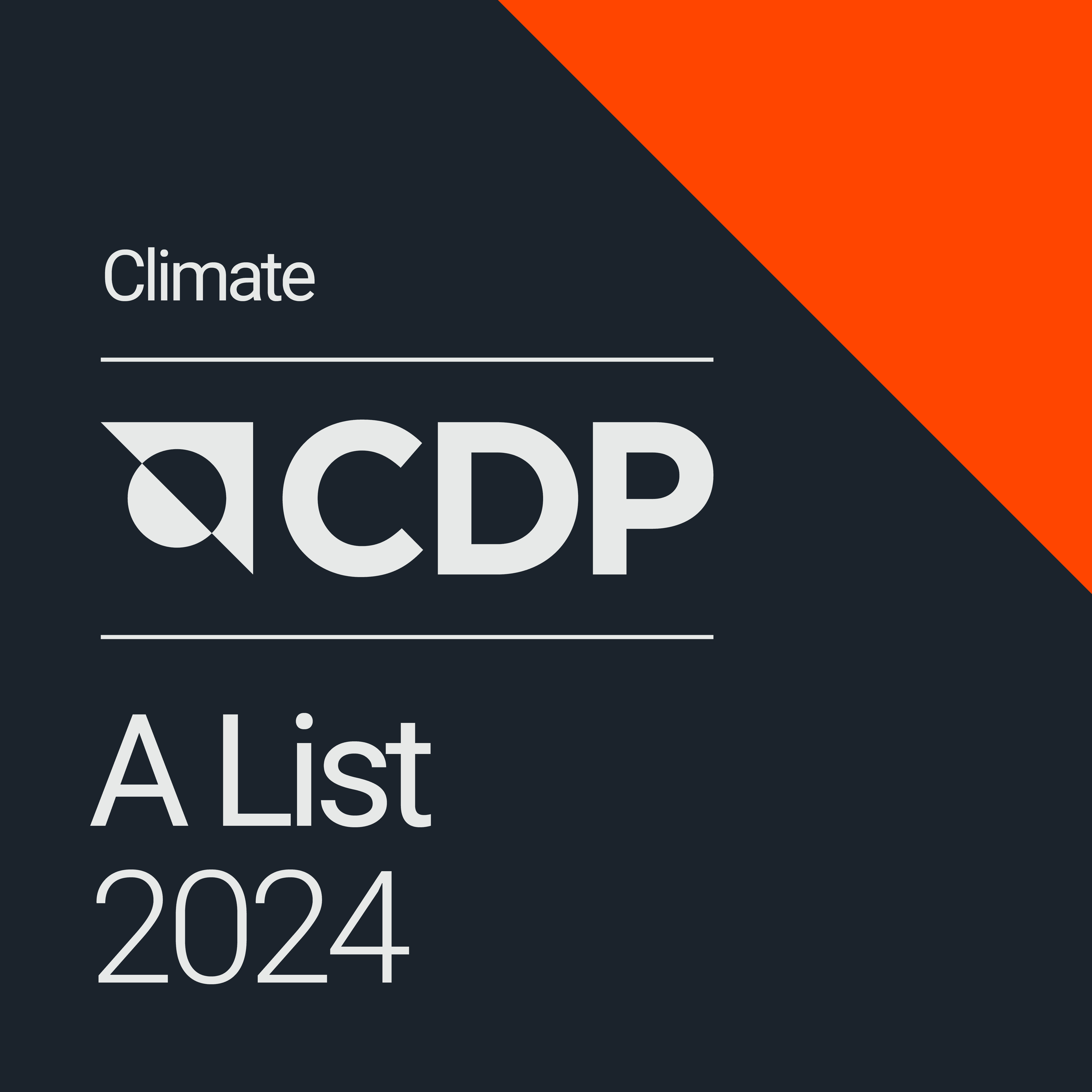
CDP Climate Change: Leadership Band "A"

CDP Water Security: Leadership Band "A-"
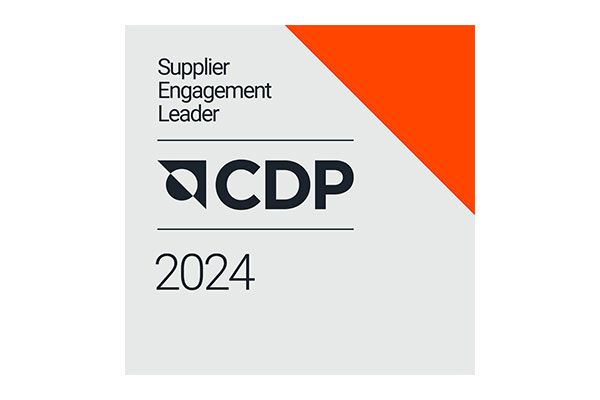
CDP's Supplier Engagement Assessment (SEA) A

S&P Global Sustainability Yearbook 2025
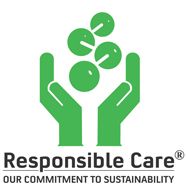
Responsible Care Certification

ISO 9001-2015

Ecovadis Gold Rating

ISO 45001-2018

ISO 27001 - 2022

ISO 50001 - 2018

ISO 14001 - 2015

Together For Sustainability

CDP Climate Change: Leadership Band "A"

CDP Water Security: Leadership Band "A-"

CDP's Supplier Engagement Assessment (SEA) A

S&P Global Sustainability Yearbook 2025

Responsible Care Certification



